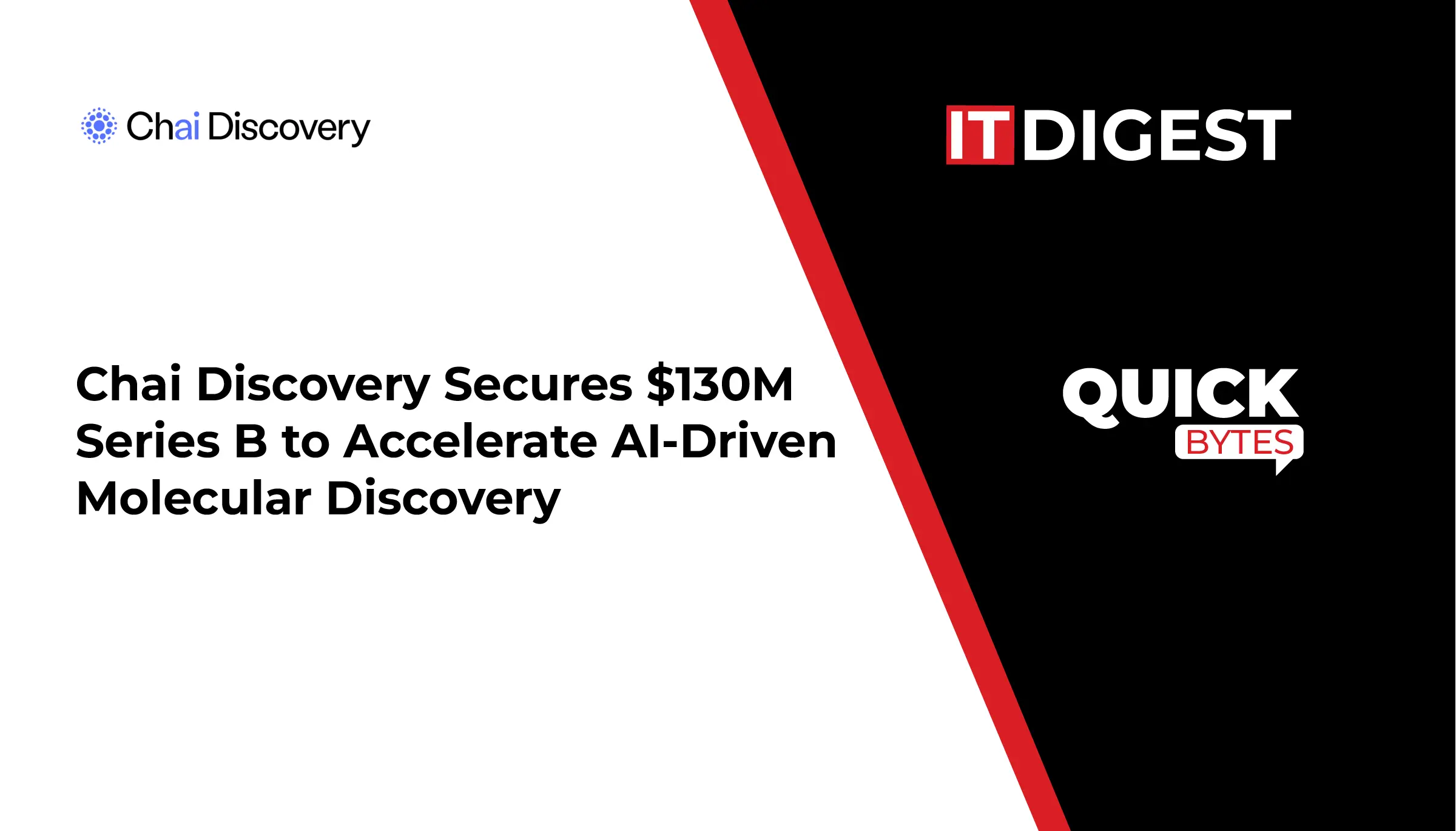Data API and GraphQL leader Hasura announced – from the fourth annual HasuraCon – a number of new innovations that transform how data producers deliver data to data consumers, and make creating, running, and scaling data APIs even faster and easier for application developers. They include the Hasura Data Delivery Network (DDN), Hasura Schema Registry, Hasura Native Data Connector for MongoDB, Native Queries and Logical Models, Open Domain Data Specification (Open DDS) and Native Data Connector (NDC) SDK.
“Data and APIs are the backbone of the modern enterprise,” said Paul Nashawaty, principal analyst at TechTarget Enterprise Strategy Group. “APIs are the predominant mechanism for delivering data from the producers to the edge consumers in a fast, secure, and reliable way. And yet the task of writing, running, scaling, and maintaining APIs on data remains slow, tedious, and a major productivity and time sink for developers. The announcements made by Hasura make GraphQL and REST APIs easier to author and operate, enhancing the developer experience and bringing the power of APIs to more data.”
Also Read: 4th Gen Intel Xeon Outperforms Competition on Real-World Workloads
Hasura Data Delivery Network (DDN) enables unparalleled API performance at global scale
Hasura DDN is an edge network that enables developers to run low-latency/high-performance data APIs at global scale, with no additional effort and no additional fees. All projects deployed on Hasura Cloud will be automatically deployed to an edge network of 100+ global regions, with 99.99% uptime guarantees, delivering the best experience to the end consumer. It’s like a CDN for real-time, streaming and analytical data that automatically routes and executes client requests on the Hasura instance closest to the client, minimizing the round-trip time (RTT) and latency.
Hasura DDN integrates seamlessly with distributed databases (e.g. CockroachDB, Amazon Aurora, Yugabyte, etc.), automatically routing data queries from the user to the nearest database replica/shard. This minimizes the network latency between not just the client and Hasura, but also Hasura and the underlying data source.
Hasura DDN is made possible by a major architecture change of the Hasura engine that reduced its cold start time to under 1 millisecond. As a result, the Hasura runtime can be instantiated on the edge region when the API is invoked, enabling instant auto-scaling to handle any spike in traffic – globally. DDN is a much more cost-efficient way to get value-based API pricing, instead of infrastructure-based pricing, than alternative approaches like always-on or warmed-up instances.
SOURCE: Businesswire

































